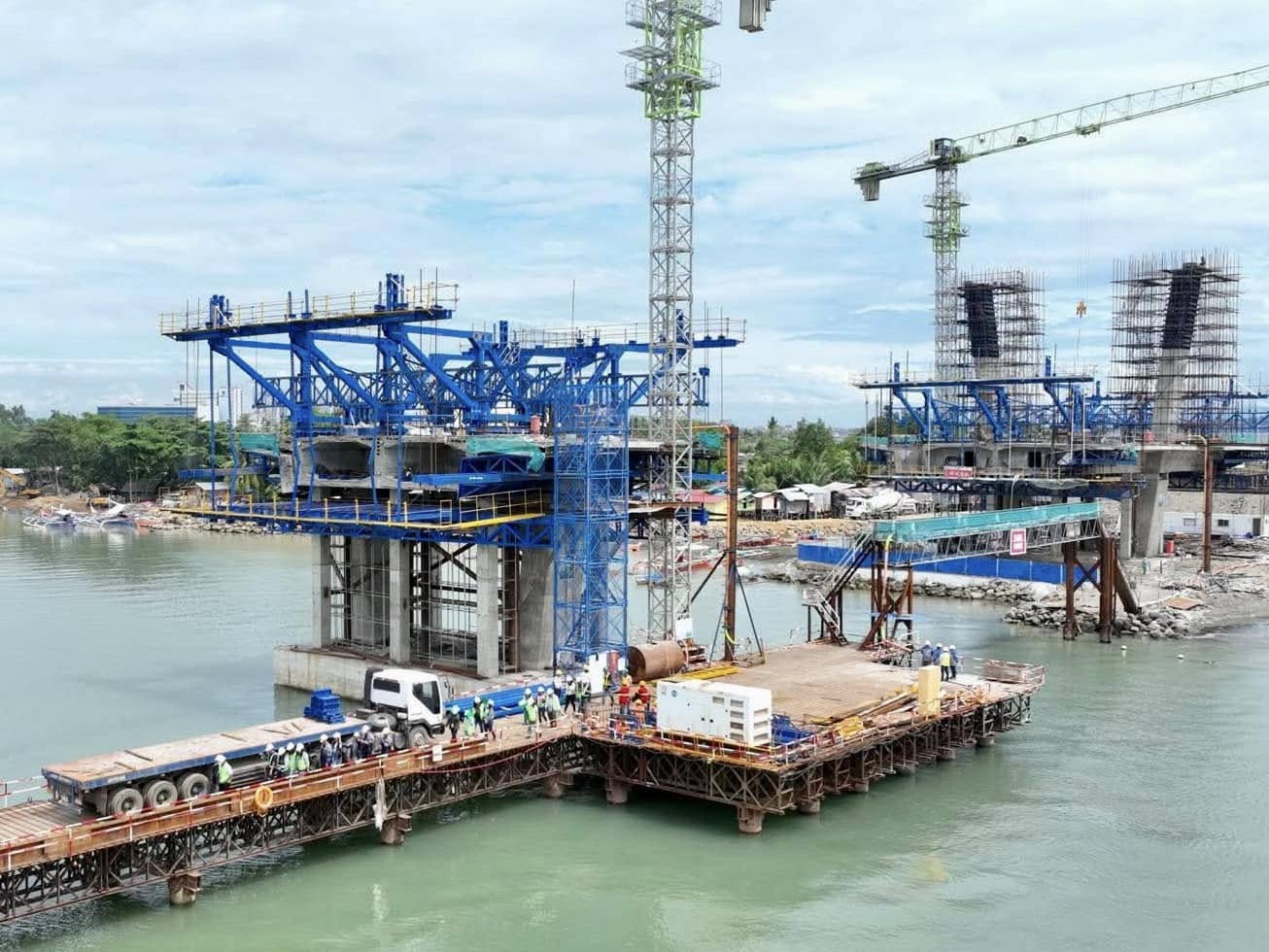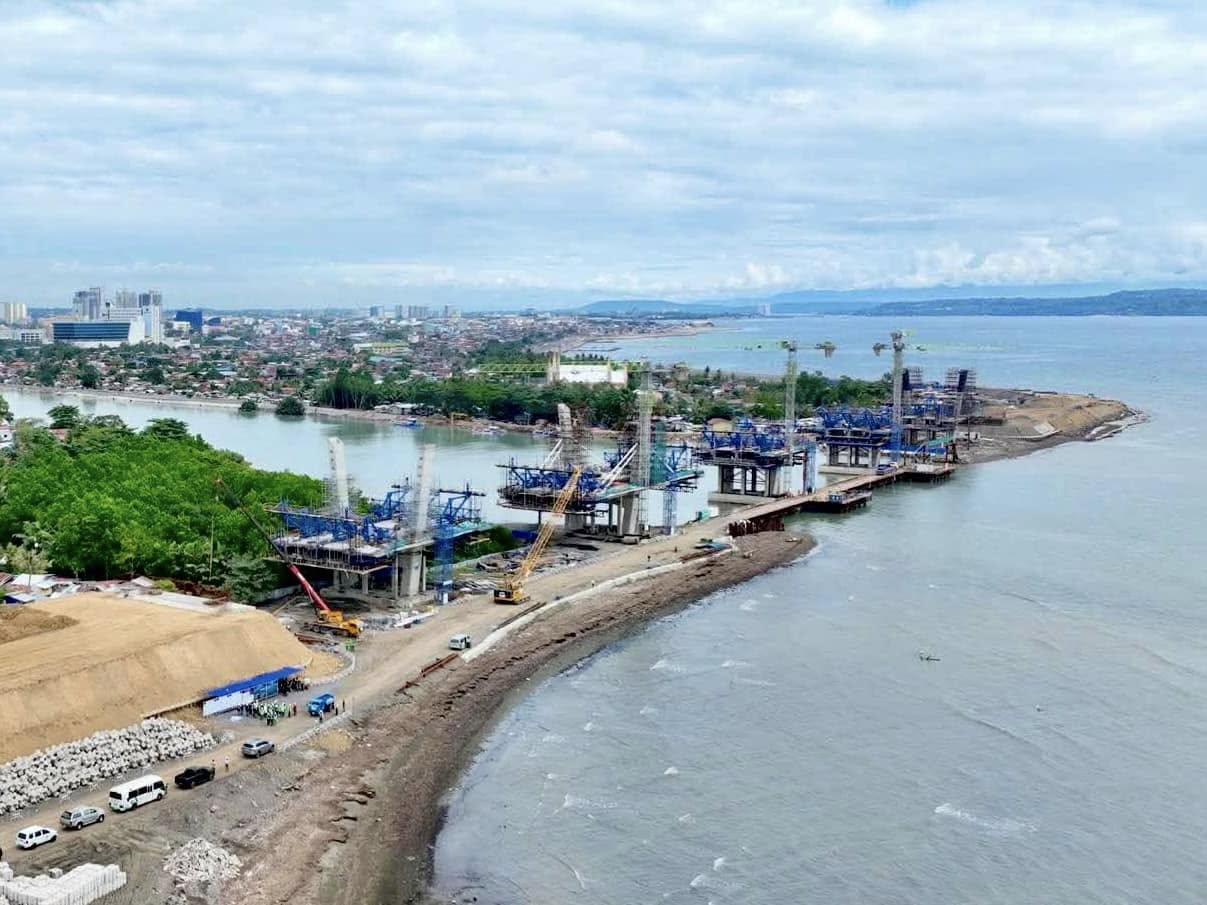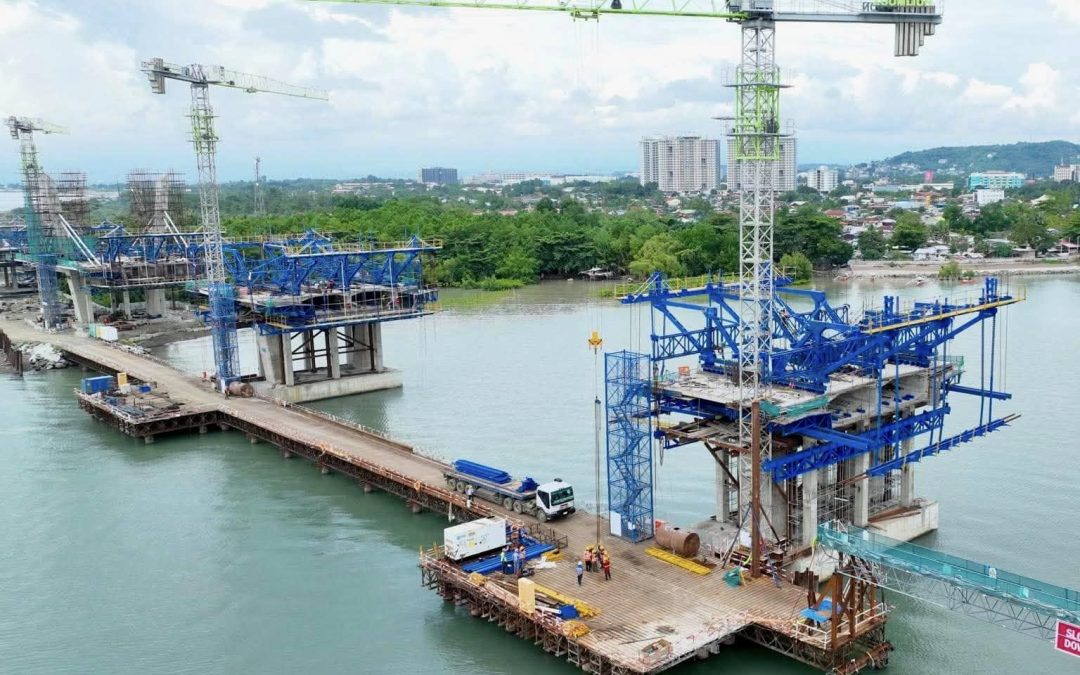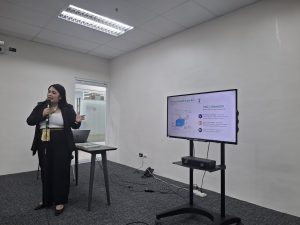Davao City, a thriving hub of commerce, industry, and culture in Southern Mindanao, is constantly evolving to meet the needs of its growing population. A key component of this evolution is the development of robust infrastructure, and the Bucana Bridge project stands as a testament to this commitment. This vital infrastructure project, spanning the Davao River, promises to significantly improve connectivity, alleviate traffic congestion, and stimulate economic growth in Barangay Bucana and the entire Davao City.
Project Description
The Bucana Bridge, also known as the Davao River Bridge, is a 1.34-kilometer-long, two-lane bridge that will connect the eastern and western coastal areas of Davao City. It is an integral part of the Davao City Coastal Bypass Road, a major infrastructure project aimed at decongesting traffic in the city center and improving access to key areas of the bustling metropolis. The bridge features a modern design with navigational clearances to accommodate maritime traffic along the Davao River.
The project, once completed, is expected to complement the Davao City Coastal Road. The Bucana Bridge project, under the “Build Better More” initiative of the administration of President Ferdinand R. Marcos Jr., is an essential part of the country’s infrastructure development. Its completion is expected to provide a faster and more efficient roadway for the large volume of vehicles, which in turn will alleviate the east-west traffic congestion in the coastal areas of Davao City.
Project Timeline and Completion
The Bucana Bridge project, which commenced in November 2023 with the start of bored piling works, is well underway as of December 2024. Significant progress has been made on the bridge’s foundation and pylon construction, and the DPWH aims to complete the project by the end of 2025, providing a sense of reassurance about its timely completion.
DPWH Undersecretary Emil Sadain, during one of their inspections of the project, said that “with the active project supervision and management by UPMO-BMC Bucana Bridge Project Team…we are confident in meeting our target to open the bridge to traffic by the end of 2025.”

Bucana Bridge in Davao City, once finished, will connect segments of the Davao City Coastal Road, separated by the Davao River. (Photo courtesy of Davao City Planning and Development Office)
Budget and Funding
The Bucana Bridge project has a total contract cost of P3.126 billion. It is funded through a grant from the Chinese government under a contract with the China Road and Bridge Corporation (CRBC) and complemented by funding from the Philippine government. This collaboration highlights the strong partnership between the two countries in supporting infrastructure development in the Philippines. The bridge, with an 18-month construction timeline, is part of the larger, more significant Davao Bridge Project.
Impact on Davao’s Growth and Development
Completing the Bucana Bridge is expected to positively impact the barangay of Bucana in particular and the entire Davao City in general. It will improve traffic flow and reduce vehicle congestion. The bridge will be an alternative route for motorists, diverting traffic from the congested city center. The bridge is estimated to accommodate around 35,000 vehicles daily, easing congestion in the coastal areas.
It will also enhance road connectivity and accessibility between Bucana and other parts of Davao City, making it easier for people to access essential services, employment opportunities, and commercial areas. This improved accessibility will also boost tourism and trade in the region.
The project will also stimulate economic growth and development. The improved transportation network will stimulate economic activities in Bucana and surrounding areas. Businesses will benefit from increased access to markets and customers, while residents will have better access to jobs and services. This will contribute to the overall economic growth and development of Davao City.
The Bucana Bridge project is not just about infrastructure but also about boosting tourism. With its modern design and scenic views, the bridge has the potential to become a landmark attraction in Davao City. It has the potential to enhance the city’s tourism appeal and attract more visitors, further boosting the local economy.
It will also improve the quality of life within the area. By reducing travel time and congestion, the bridge will enhance the quality of life for residents. It will give them more time for leisure and family activities and reduce stress associated with traffic congestion.
During its construction phase, the Bucana Bridge project will also serve as a source of employment for locals and even those outside Davao City. The DPWH says that about 80% of Bucana Bridge workers are Filipinos, a testament to the local community’s involvement in this significant project. This not only provides employment opportunities but also stimulates livelihood among the residents within the area. Due to the influx of workers from the project, entrepreneurial residents can seize the opportunity to sell food and other goods and services essential for the people employed in the project.
The Bucana Bridge project is a welcome development for Davao City residents. Some said transferring their produce from Bucana to Matina and other places and vice versa would be easier.
“Sa mga katulad namin na mga negosyante, malaking tulong ito kasi [it] will shorten our travel time from Bucana to other places. Time and budget friendly ito sa amin. Even those that are in the western portion of Davao, madali na lang mag-travel,” said a businessman in Bucana.

Bucana Bridge in Davao City, once finished, will connect segments of the Davao City Coastal Road, separated by the Davao River. (Photo courtesy of Davao City Planning and Development Office)
Conclusion
By improving connectivity, reducing congestion, and stimulating economic growth, the Bucana Bridge project will enhance the quality of life for residents and pave the way for a more prosperous and sustainable future for Davao City. The bridge will also stand as a symbol of progress and cooperation, demonstrating the commitment of both the Philippine and Chinese governments in supporting infrastructure development in the Philippines. Its long-term benefits far outweigh any short-term challenges, making it a valuable investment in the city’s future.
President Marcos earlier promised to pursue infrastructure development nationwide by building more roads and bridges.
“Let us build upon this achievement as we continue the unending work of building structures that will bring a better life and an invigorating future for all our fellow Filipinos,” said the President.
He highlighted that improving physical connectivity would always be a vital facet of the nation’s development efforts, as outlined in his administration’s Philippine Development Plan 2023-2028 and the 8-Point Socioeconomic Agenda.
“That is why the government is more determined than ever to pursue projects that would realize the dream of a stronger and more interconnected Philippines,” he added. (PTV)



